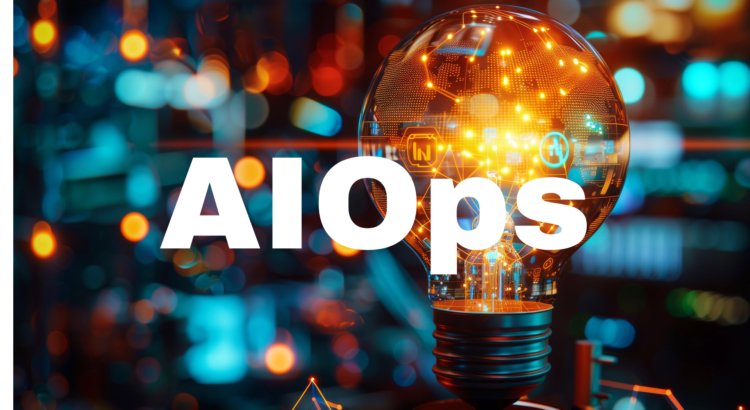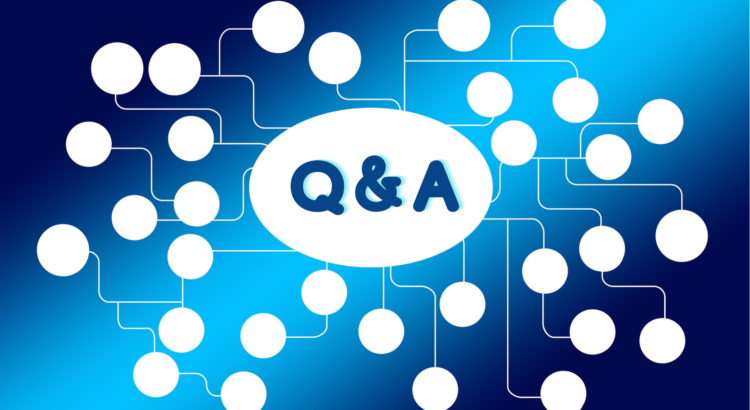- From Dev to Production and Reactive to Proactive: Revolutionizing the IT Mindset: We’ll move beyond the “fix it when it breaks” mentality, embracing a future-proof approach where AI analyzes risk, anticipates issues, prescribes solutions, and learns continuously.
- Beyond Siloed Solutions: Embracing Holistic Collaboration: AIOps fosters seamless integration across departments, applications, and infrastructure, promoting real-time visibility and unified action.
- Automating the Process: From Insights to Intelligent Action: Dive into the world of self-healing IT, where AI-powered workflows and automation resolve issues and optimize performance without human intervention.

AIOps: The Undeniable Paradigm Shift
AI has entered every aspect of today’s digital world. For IT, AIOps is creating a dramatic shift that redefines how IT approaches operations. On April 9, 2024, the SNIA Cloud Storage Technologies Initiative will host a live webinar, “AIOps: Reactive to Proactive – Revolutionizing the IT Mindset.” In this webinar, Pratik Gupta, one of the industry’s leading experts in AIOps, will delve beyond the tools of AIOps to reveal how AIOps introduces intelligence into the very fabric of IT thinking and processes, discussing:

 , though, that shouldn’t be that much of a
, though, that shouldn’t be that much of a 





